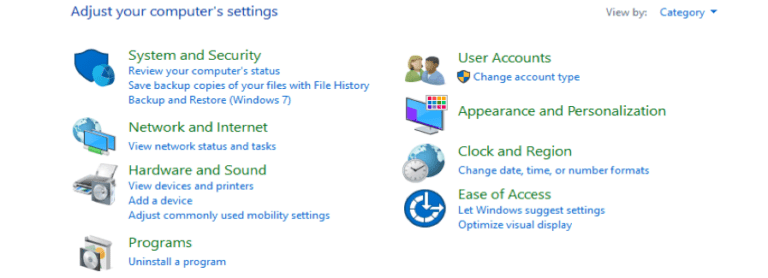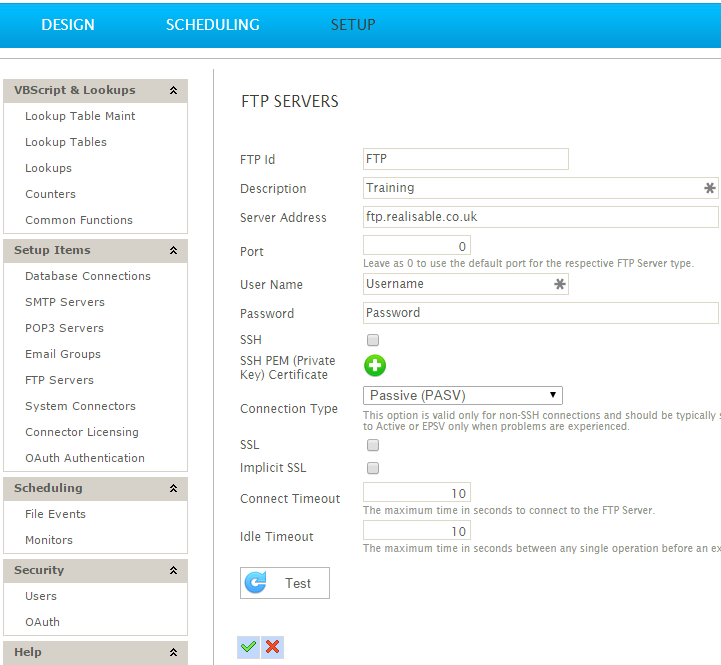

Sets the HTTPS_PROXY and https_proxy environment variables and build arguments. Sets the HTTP_PROXY and http_proxy environment variables and build arguments.

The following table describes the available configuration parameters. However, the configuration only applies to new containers andīuilds, and doesn’t affect existing containers. The configuration becomes active after saving the file, you don’t need to Require authentication information to be included in their URL, or theirĪddress may expose IP-addresses or hostnames of your company’s environment.Įnvironment variables are stored as plain text in the container’s configuration,Īnd as such can be inspected through the remote API or committed to an image Proxy settings may contain sensitive information. You can add proxy configurations for the Docker client using a JSONĬonfiguration file, located in ~/.docker/config.json.īuilds and containers use the configuration specified in this file. We need to talk: Can we standardize NO_PROXY?. If you’re interested in the history of these variables, check out this blog Unfortunately, there’s no standard that defines how web clients should handle proxyĮnvironment variables, or the format for defining them. If your container needs to use an HTTP, HTTPS, or FTP proxy server, you can
#Setup ftp server on amazon ec2 how to#
To learn how to configure a proxy server for the Docker daemon ( dockerd) itself. If you’re running Docker Engine without Docker Desktop, refer toĬonfigure the Docker daemon to use a proxy server This page doesn’t describe how to configure proxies for the Docker daemon.įor instructions on configuring Docker Desktop to use HTTP/HTTPS proxies, see

This page describes how to configure the Docker CLI to use proxies via


 0 kommentar(er)
0 kommentar(er)
